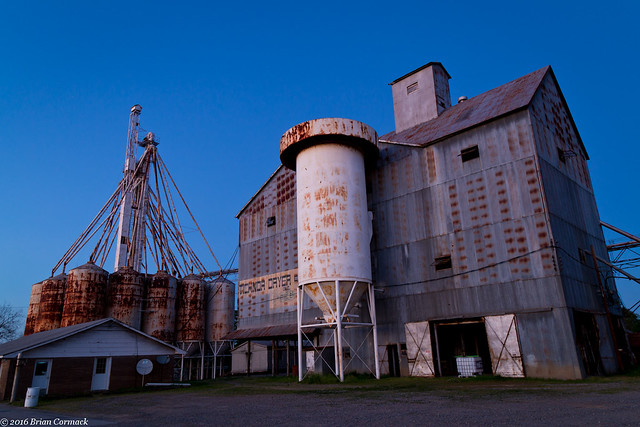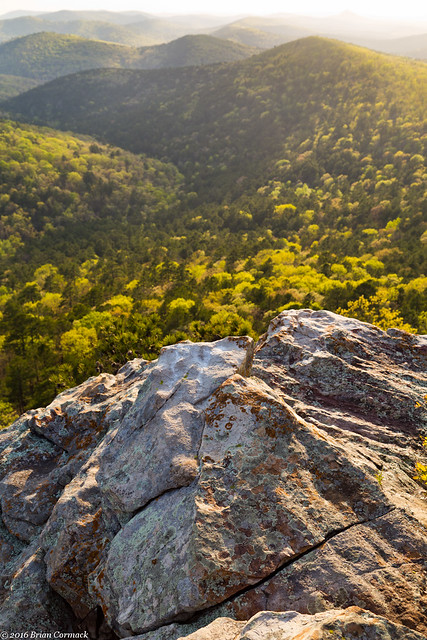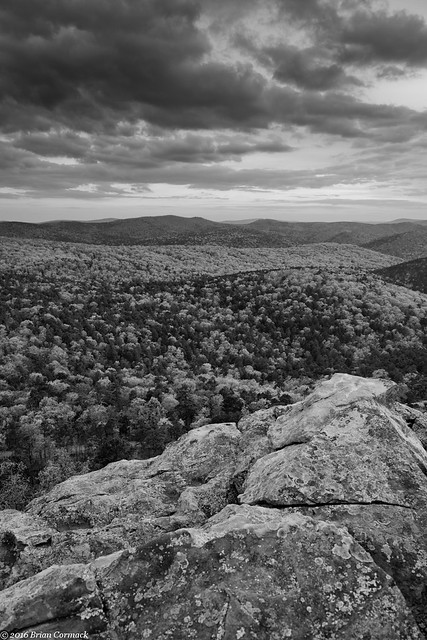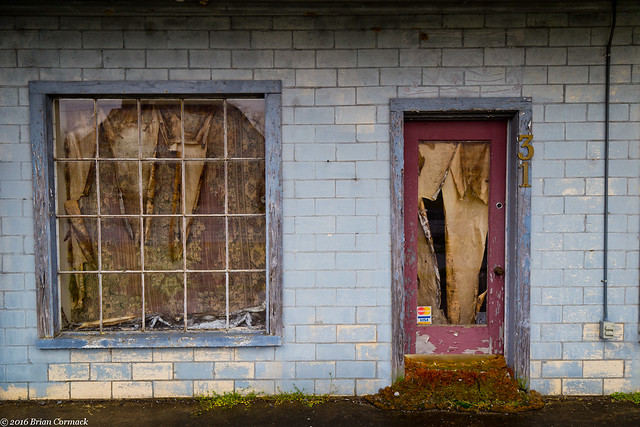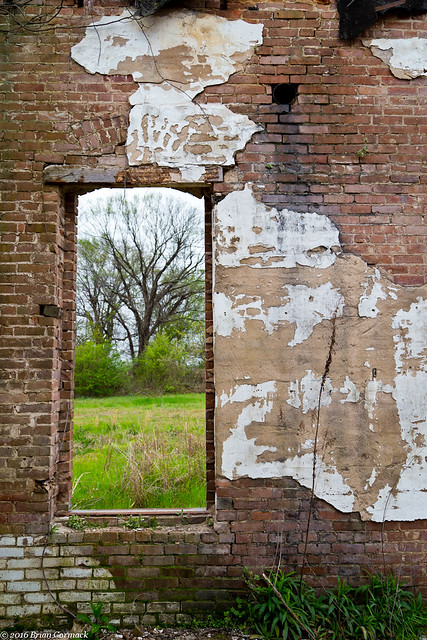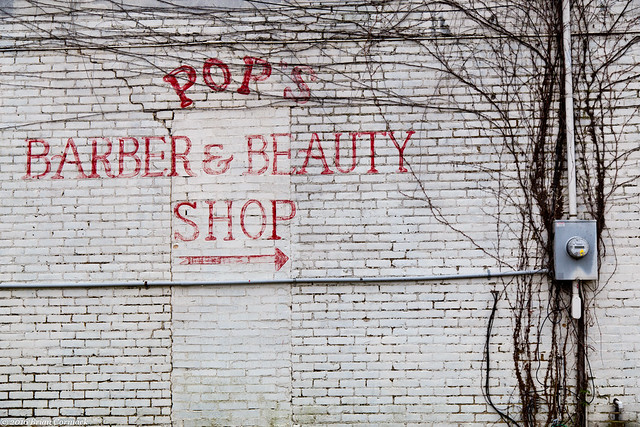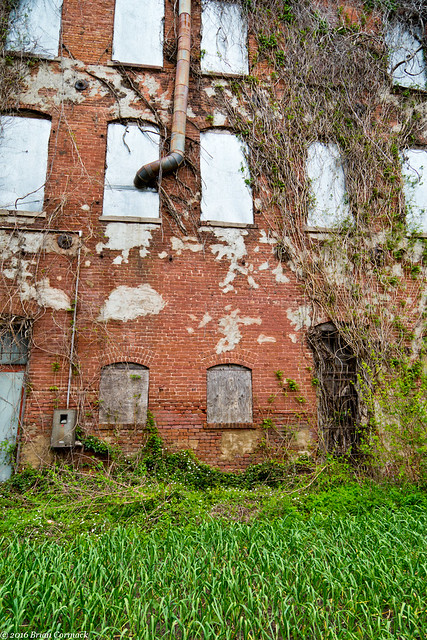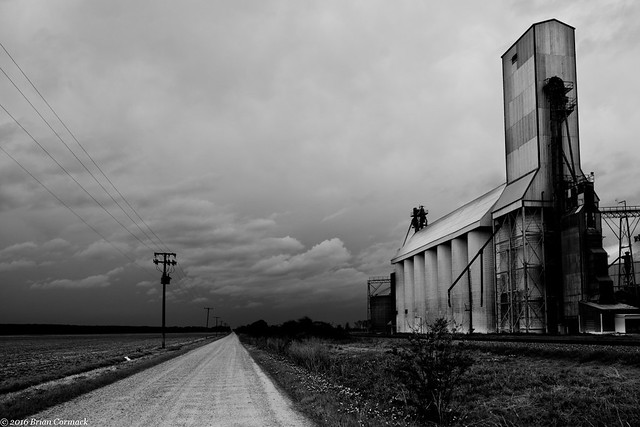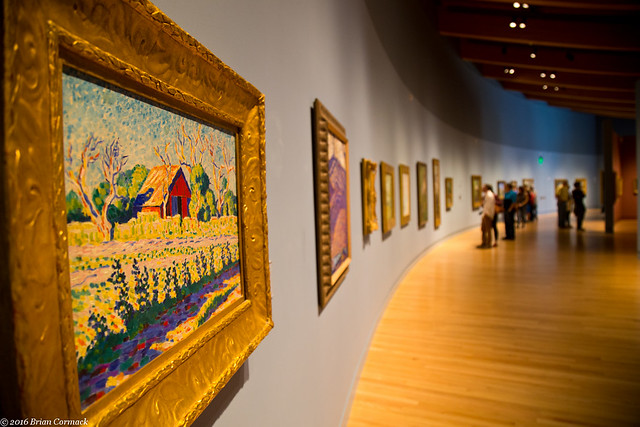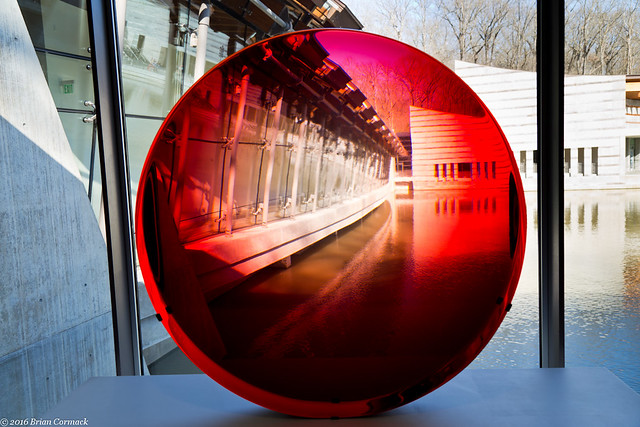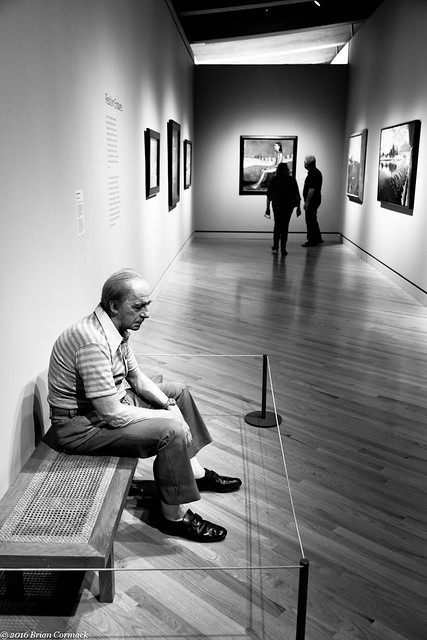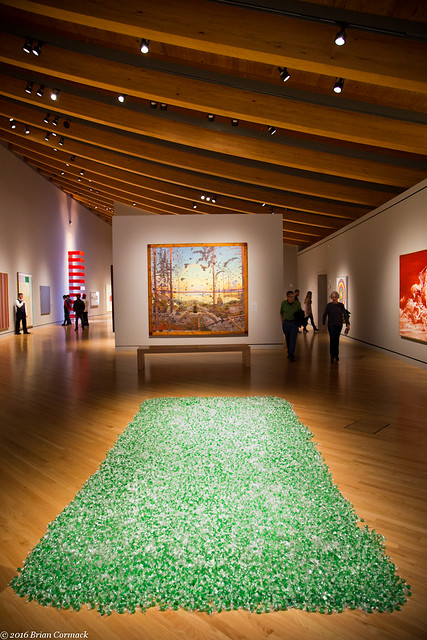While I still have some time off from work, I've been trying to squeeze in some photography time when I can. So recently I headed back out to the Delta to try to get a few more photos for a project that I've been working on. I headed southeast, driving through Pine Bluff along Hwy. 65. The first stop was this abandoned home, which overlooked the road and some train tracks.
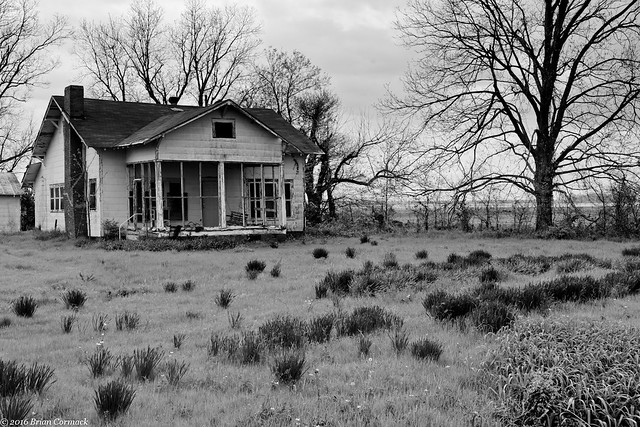
There were dark clouds hanging overhead, threatening to storm at any moment. Although they looked ominous, it never actually rained.
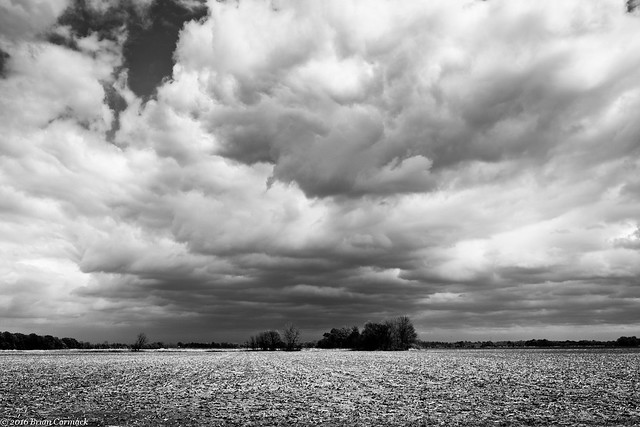
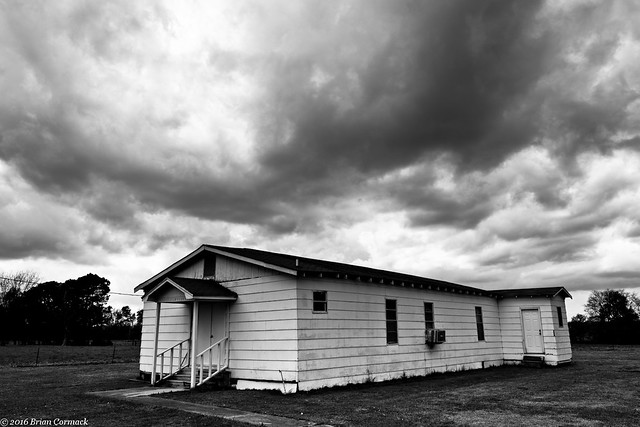
I headed north on Hwy. 1 when I hit Dumas and eventually drove through the small town of Watson. My grandmother was born in Watson, and she lived here until the Mississippi River flood in 1927 forced the family to move to North Little Rock. Watson is a small town, now with a population of about 200 people. One of the landmarks in Watson used to be Bonnie's Cafe, which was one of those great local little restaurants that I wish I had been able to eat at. But apparently Bonnie wanted to retire, and the place closed. Looking through the windows, the building is still set up like it just closed a few minutes earlier. Salt and pepper shakers are still on the tables. You wouldn't ever guess that it was closed, except for the dead houseplants that long ago turned brown sitting by the window.
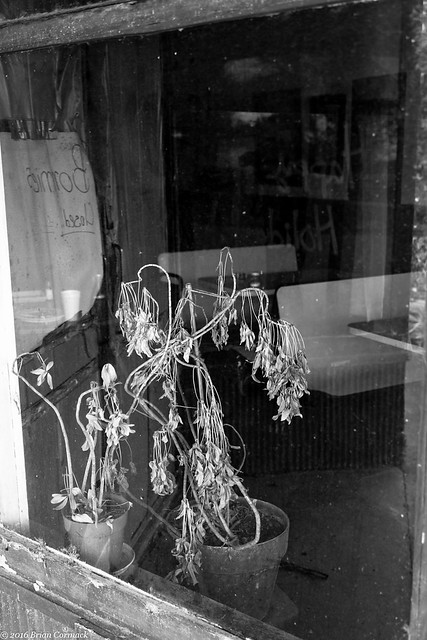
A store used to be in the old building next door, although it has long since been closed and abandoned. A few weeds were growing tall along the steps in front of it.
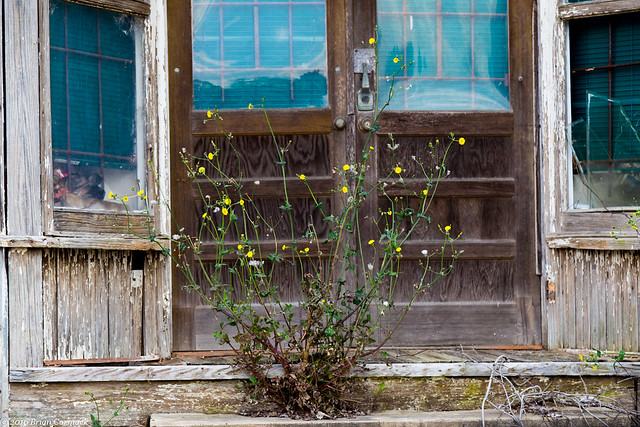
From Watson, I headed onto a dirt road that drove up and over the Arkansas River levee and through some thick forests to the old Yancopin Bridge. The rail bridge was built in 1903, and was abandoned in 1992. The bridge is going to be part of the planned Delta Heritage Trail, which will be run by the Arkansas State Park system. I searched the area around the base of the bridge for a good clean view of it, but never saw anything I liked (I have since seen some good pictures of it, so I guess I need to return and look again). This old sign is still attached to one of the bridge supports, warning against trespassing.

Most of the clouds had moved on, and the sun was beginning to break through.
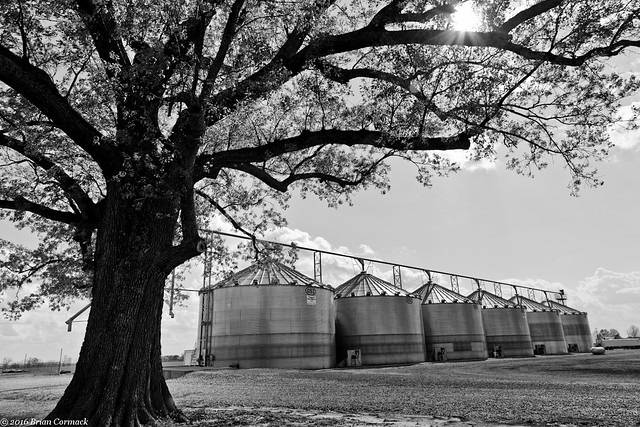
I headed north, passing by Arkansas Post and driving deeper into the flat fields of the Delta.
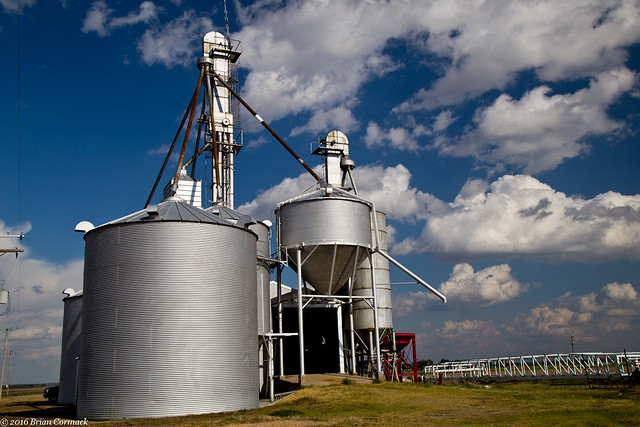
I pulled over to get a few pictures of what I think might be an old pump. It was surrounded by a sea of yellow wildflowers.
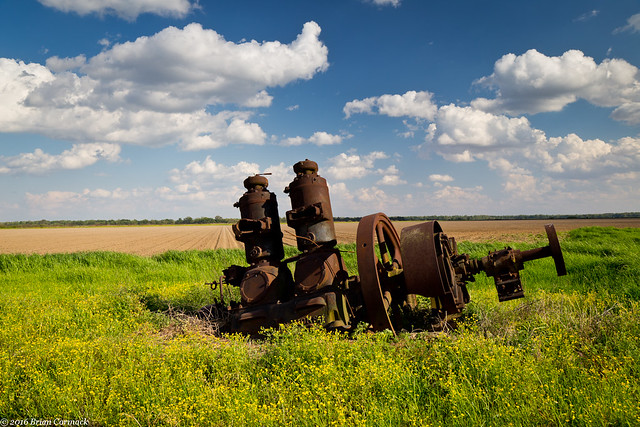
In Gillett, I stopped at this abandoned gas station for a few pictures. The paint on the gas pumps are cracking and fading, and some sort of plant has grown up and around the gas nozzle.

Along the side of the store were these old fuel tanks, surrounded by overgrown weeds.
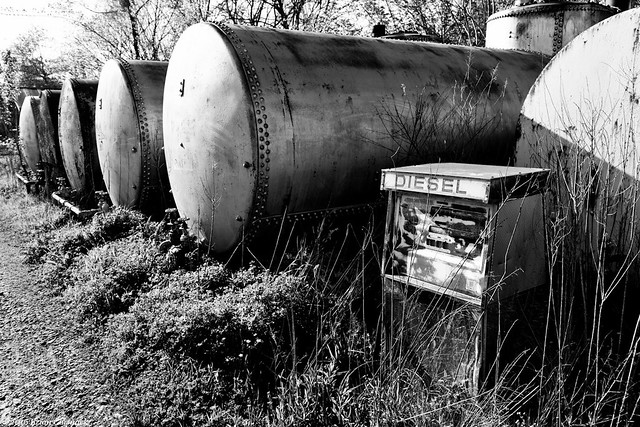
Driving further north I passed by this farm building, which was completely surrounded by tiny yellow flowers.
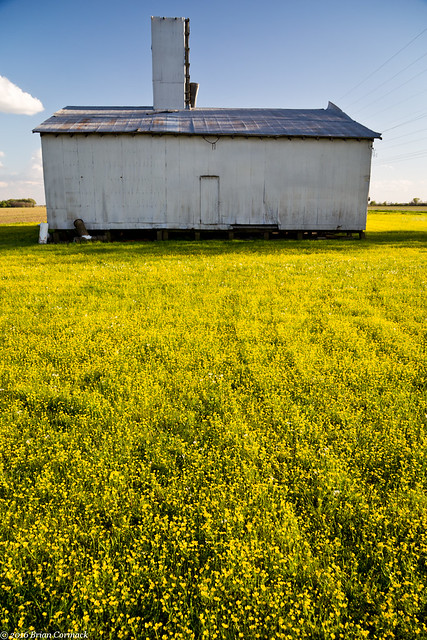
The Delta is defined by agriculture, and towns are dominated by elevators and storage buildings for rice, soybeans and cotton.

I headed down a dirt road and passed this old abandoned house and got a few shots while the massive cloud of dust that was kicked up from driving down the road slowly settled on my car.
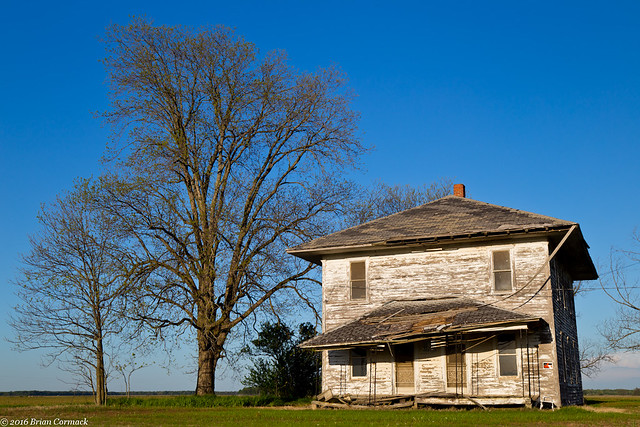
The last stop for the day was the small town of Tichnor. In the middle of town is the Tichnor Ricer Dryer and Storage Building, which was built in 1955. At four stories tall, it is the center of the small town and has been listed on the National Register of Historic Places. I took a few pictures as it got dark, and then drove back home.
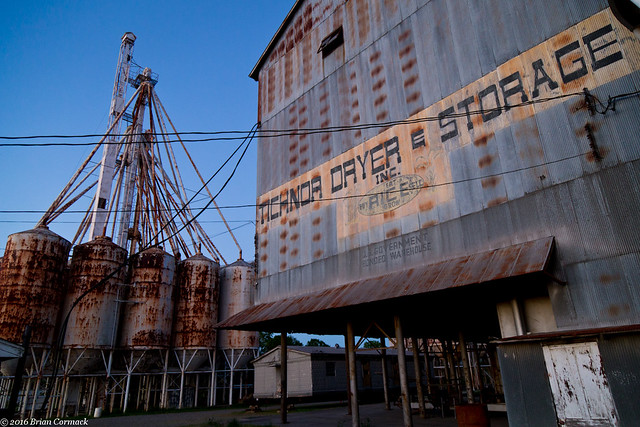
You can't see it in this picture, but there was a hammock strung up there. Which is something I'm going to definitely suggest that we add to the office when I head back to work in a few weeks.
